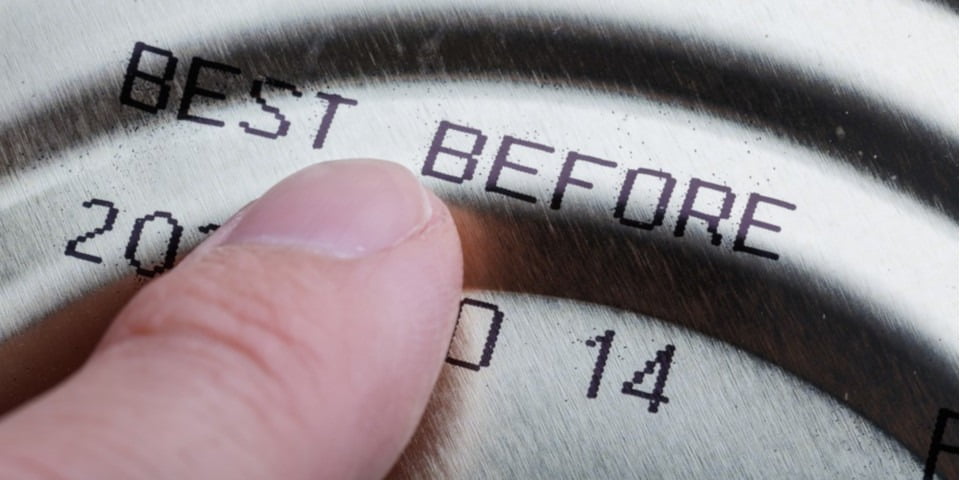 By MGA Trainer and Assessor David Grey-Smith.
By MGA Trainer and Assessor David Grey-Smith.
Knowing the difference between the ‘Use by’ and ‘Best before’ date is important for your business, as this will save you money. If the use by and best before dates are monitored correctly, it will reduce the amount of perfectly edible food being discarded.
Use by dates
Use by dates can usually be found on products that are likely to spoil quickly, such as raw meats, dairy products and pre-packaged salads. Use by dates indicate a date after which an item of food is likely to have spoiled to the extent that it is not safe to eat. It is illegal to sell products that have passed their use by dates, as this may pose a health or safety risk to the consumer. If caught selling items past their use by dates, you will be hit with hefty fines.
Correct handling and storage are also critical to ensure the quality and safety of the food item, especially keeping the food in a fridge that is at the correct storage temperature. Storage instructions can be found on the labelling of the product or packaging.
Best before dates
Best before dates appear on tinned, frozen foods and fresh food that keeps for a long time, such as eggs. Unlike use by dates, best before dates are focused on the quality of the product, not the safety.
Items of food can still be consumed after the best before date, but the texture, flavour and nutritional value of the product will be lower and will continue to deteriorate with time. To ensure the continued safety of the food product, it is very important that the food is stored in the correct manner. Information on this can usually be found on the packaging.
Remember, if the product looks and smells suspicious after the best before date, you should not sell it.


